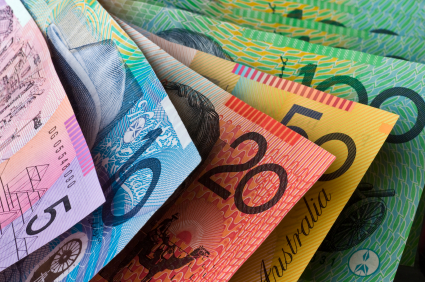There are more than three billion polymer notes in use in more than 22 countries. For hundreds of years, banknotes have been made from rag-based paper. However, the increase in counterfeiting techniques, such as colour photocopiers and scanners, has meant that paper may not be the best material for making currency.
CSIRO and Note Printing Australia, a subsidiary of the Reserve Bank of Australia, began work in the 1980s to improve the security and durability of Australia’s currency. The result is a sophisticated, more durable polymer note as an alternative to conventional banknotes – the world’s first ‘plastic’ banknote. Polymer notes have replaced paper notes in Australia, and Australia leads the world in polymer banknote technology.
Security
A combination of modern and traditional security technologies have been incorporated into the polymer banknotes, to reduce the possibility of counterfeiting.
Some of these technologies include:
a transparent window
optically variable devices
shadow images
embossed printing
use of metallic, metameric or metachromic inks.
Polymer notes are durable lasting four to five times longer than their paper predecessors.
At the end of their useful life the banknotes are shredded, granulated and recycled as a variety of plastic products.
Polymer banknotes are in use overseas either as commemorative or circulating notes.
Manufacturing
[youtube]http://www.youtube.com/watch?v=YTggA4jVPj0[/youtube]


